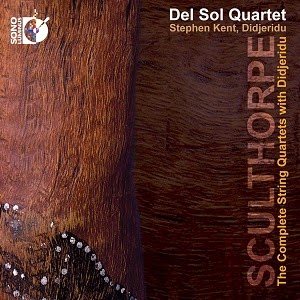When English is your second (or third) language, just running something though Google Translate doesn't always work out. For example:
- Your method of describing everything in this piece of writing is tryly good, every on be capable of simply be aware of
[Aware of what?]
- I'm now not certain the place you are getting your info, however great topic. Thaks for wonderful info I used to be looking for this information for my mission.
[Using info to get info. Got it]
Great beat! I would like to apprentice while you amend your website. The account aided me a acceptable deal.
[It's not just a great beat. You can dance to it, too -- in an acceptable style.]
Your humoristic style is witty, keep doing what you're doing!
[That's me. Ralph Graves, American Humoristic]
I know this site offfers quality based articles or reviews and extra stuff, is there any other web site which provides such information in quality?
[So you're after quality, not quality?]
Pretty section of content. I simply stumbled upon your website and in accession capital to claim that I aq1uire in fact loved account your blog posts.
[I like to think of my content as cute rather than pretty.]
Magnificent items from you, man. I have take into account your stuff prior to and you're just too excellent.
[Yes, let's not look at my priors.]
 |
| The Nomura lumber truck, 3" tinplate toy, ca. 19560. Frankly, I don't see what the attraction is for spammers. |
The Straco Layout, Part 23 - Lumbering along, my post describing an inexpensive early 60's Japanese tin toy truck remains one of my most commented-on posts. Of course, the subject matter isn't often the focus of the comment.
- Thank you for the good writup. Itin fact was a amustment account it.
[Nothing funny about vintage toys. pal!]
- this is thee type of information that are meant to be shared acrokss ththe web. Shame on the seek engines for no longer positioning thiks publish higher!
[Yes, shame on you, seek engines!]
- For latest information you have to go to see internet and on web I found this website as a most excellent site for hottest updates.
[Just consider us your Action News Team.]
Fade to fastidious
The use of the word "fastidious" may be declining among spammers, but I still get a few comments that misuse the word.- Alas, its fastidious conversation about this article here at this weblog, I have read all that, so now me also commenting here.
- I am sure this article has touched all the internet users, its really really fastidious piece of writing on building up new website.
[I'm sure my fastidiousness has indeed touched all.]
- Every weekend I used to visit this website, as i want enjoyment, since this this web page conations tryly fastidious funny stuff too.
[Wait - what you mean "used to?!"]
February may be the shortest month, but there was no shortage of comments to choose from. Remember, if you want the hottest updates, with fastidious funny stuff and pretty content -- just keep reading this blog.

























